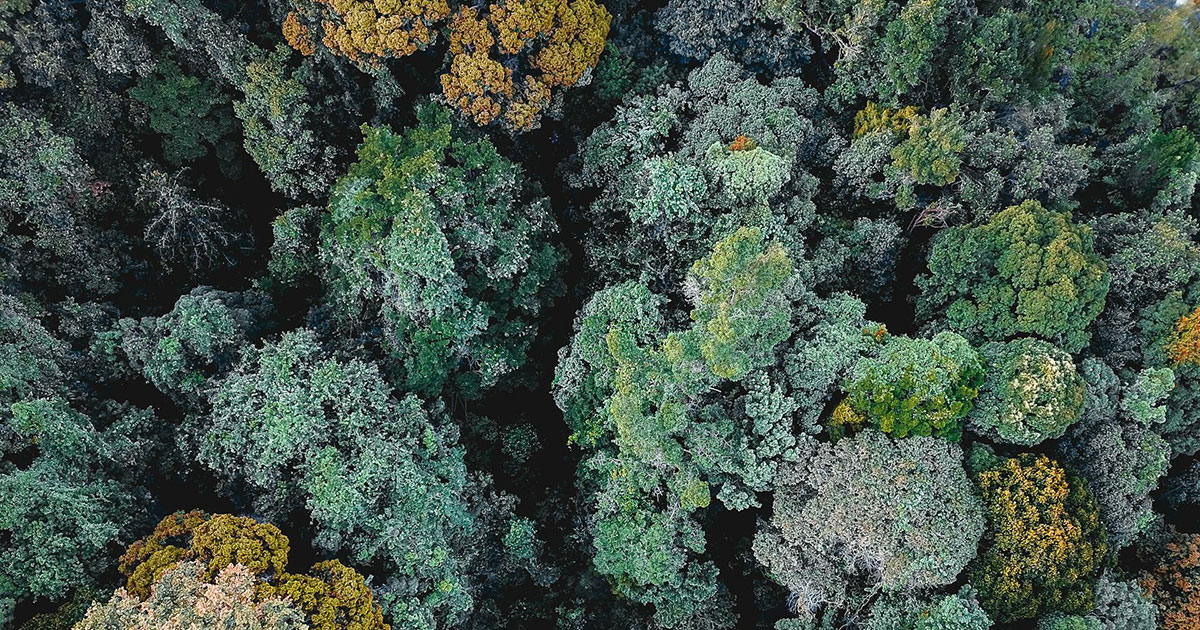Environmental degradation, particularly deforestation, poses severe ecological and socio-economic challenges. Traditional forest monitoring methods, relying on satellite imagery and ground surveys, have limitations in terms of resolution, cost, and frequency of data collection. Drone mapping offers an innovative alternative, bridging these gaps with high-resolution imagery and the ability to capture data at flexible intervals and under challenging conditions. In parallel, the advancement of drone technologies demands a skilled workforce adept in both drone operations and geospatial data analysis. This article examines the dual aspects of drone deployment and training in the context of environmental management, with a specific focus on deforestation monitoring.

Drone technology enables high-precision mapping of deforested and forested areas. Equipped with sensors such as RGB cameras, LiDAR, and multispectral or hyperspectral imaging systems, drones provide detailed data that can identify deforestation patterns, illegal logging activities, and changes in land cover. Unlike satellites, drones can fly at low altitudes and capture finer details, making them suitable for monitoring both large-scale forested regions and specific, localized deforestation events.
Drones facilitate frequent and real-time data collection, a crucial feature for environmental projects where timeliness of information can influence policy decisions and enforcement actions. For example, rapid-response teams can deploy drones to investigate reports of illegal logging, providing near-instantaneous visual confirmation and spatial data. The flexibility in flight planning also allows drones to adapt to varying weather and terrain conditions, which can hinder traditional monitoring approaches.
Compared to manned aircraft or high-resolution satellite imagery, drones offer a cost-effective solution for environmental monitoring. They require minimal infrastructure and can be deployed rapidly with a modest investment. This accessibility makes drone technology particularly useful for organizations with limited financial resources, including local environmental agencies and non-governmental organizations (NGOs).
Drone mapping plays a pivotal role in assessing forest health and identifying degraded areas. By employing advanced photogrammetry and LiDAR sensors, drones generate detailed Digital Elevation Models (DEMs) and orthomosaics that reveal subtle changes in canopy structure, gaps in forest cover, and signs of degradation that may not be evident through satellite imagery.
Illegal logging continues to threaten global forests, especially in regions where ground surveillance is impractical due to difficult terrain or safety concerns. Drones can be deployed over suspected illegal logging zones to capture evidence, which can then support enforcement actions and judicial proceedings. Thermal imaging and night-vision capabilities further enhance drones’ effectiveness in these operations.
Forest carbon stock estimation is critical for climate mitigation policies. Drones equipped with multispectral sensors and LiDAR can measure tree height, volume, and biomass, which are key parameters for estimating carbon sequestration. These data are invaluable for REDD+ (Reducing Emissions from Deforestation and Forest Degradation) initiatives and carbon credit validation processes.
Operating drones in environmental projects requires specialized skills. Operators must understand flight planning, navigation, and emergency protocols to ensure safe and efficient missions. Training should include hands-on practice in various environments, covering aspects such as managing battery life, adhering to aviation regulations, and troubleshooting technical issues during field operations.
Collecting high-quality data is only part of the solution; processing and interpreting that data is equally critical. Training programs should incorporate geospatial analysis using tools such as Geographic Information Systems (GIS), photogrammetry software (e.g., Pix4D, DroneDeploy), and LiDAR processing software (e.g., CloudCompare, ArcGIS Pro). Personnel need to understand how to convert raw data into actionable insights, such as identifying deforestation hotspots or generating change-detection maps.
Drone operators must be trained in environmental ethics and the broader context of their work. This includes understanding the implications of deforestation, respecting indigenous lands and wildlife habitats, and maintaining data privacy and security. An ethical framework helps ensure that drone operations contribute positively to environmental management goals.
Given the rapid pace of technological advancement, continuous training and professional development are essential. Operators and analysts must stay updated with new sensors, software capabilities, and regulatory changes. Workshops, certifications, and collaborative research projects can facilitate this ongoing learning process.
In Brazil, drones have been employed to monitor deforestation in the Amazon rainforest. These UAVs capture high-resolution images of illegal logging activities, enabling law enforcement agencies to take swift action. Training local communities to operate these drones has empowered them to protect their territories and report deforestation more effectively.
Papua New Guinea (PNG) is leveraging drones to conduct detailed forest inventories and monitor carbon stocks. Through structured training programs, local environmental officers have been equipped with drone operation and data analysis skills, facilitating more accurate and frequent forest assessments.
Drone regulations vary by country and can impact the feasibility of large-scale environmental projects. Navigating these regulations requires careful planning and coordination with aviation authorities.
Battery life, sensor payload, and data storage are ongoing challenges for drone missions in remote or vast areas. Advancements in drone endurance, solar charging, and data compression technologies will likely mitigate these issues in the future.
Scaling drone training programs to reach more communities, especially in remote or underserved areas, remains a challenge. Partnerships between governments, NGOs, and educational institutions are key to expanding these programs.
Drone mapping represents a transformative tool in the fight against deforestation, offering unparalleled precision, cost-efficiency, and real-time monitoring capabilities. However, the full potential of drones can only be realized through comprehensive training programs that empower operators and analysts with the necessary skills. By combining technology with targeted education, environmental management projects can enhance their effectiveness, promote sustainable practices, and protect the world’s critical forest resources.

